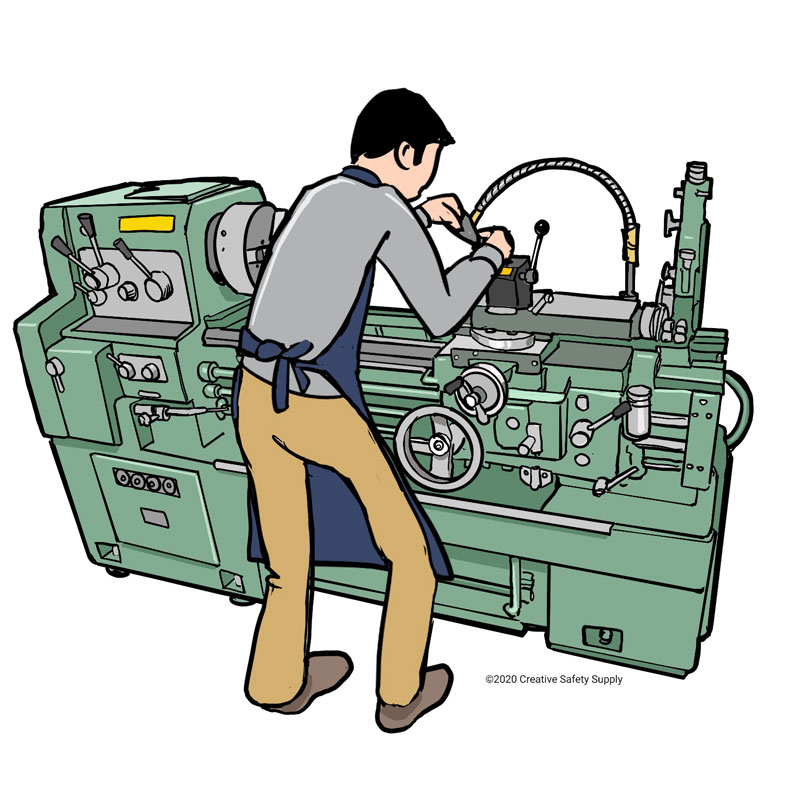
Administrative controls (also called work practice controls) are used in the workplace to reduce or limit the exposure to a specific hazard. This kind of hazard control works by changing how work is done when elimination, substitution, or the use of engineering controls is not feasible. In the Hierarchy of Controls, administrative efforts rank fourth for effectiveness and efficiency. Administrative controls are not seen as effective as other controls because it is at risk for human error and is typically used as a temporary solution rather than a sustainable, long-term solution.
Examples of administrative controls include:
- Training: Workers should be trained to identify hazards, monitor hazard exposure, and safe procedures for working around the hazard. Additionally, employees should know how to protect themselves and their co-workers.
- Procedures: The steps in a job process may need to be rearranged or updated to keep the worker for encountering the hazard. Developing standardized safe work practices is an important step.
- Maintenance: Having a maintenance schedule for machines known to be hazardous can keep everything running smoothly and safely. Preventive maintenance will address any equipment issues before they become a problem.
- Housekeeping: Sustaining a clean and clutter-free space will greatly reduce the risk of injury and can minimize the severity of an accident.
- Signs: Wall signs and floor signs can be posted or installed to enforce administrative controls. Visual cues can remind workers which areas are prohibited from entering, when breaks need to be taken to limit heat exposure, and much more.
Prior to selecting hazard controls, employers will first need to complete a risk assessment to identify and evaluate present hazards. This information will help prioritize hazards and risks, which in turn will help guide the choice for control methods. NIOSH recommends implementing administrative controls when eliminating the hazard or substituting the hazard is not an option. Administrative controls should not be used on its own, but rather in tandem with engineering controls or with personal protective equipment (PPE).
Additional Administrative Controls facts:
- Administrative controls are a type of hazard control that aim to improve safety within the workplace by putting in place policies and rules that reduce the occupational risk faced by workers via altering the way their work is performed. Source: https://www.safeopedia.com/definition/5109/administrative-controls
- Administrative controls are one of the five levels of actions in the hierarchy of controls, which is a way of determining which actions will best control exposures to hazards in the workplace. The preferred order of action based on general effectiveness is: elimination, substitution, engineering, administrative and personal protective equipment (PPE). Source: https://www.cdc.gov/niosh/topics/hierarchy/default.html
- Some examples of administrative controls are: training programs, work rotation, break policies, exposure monitoring, restricted access, operating procedures, emergency protocols, preventive maintenance, housekeeping policies, shift design, communication protocols, and safety signage. Source: https://www.hseblog.com/administrative-controls/
- Administrative controls can be more flexible and cheaper to implement initially than engineering controls or PPE, but they require consistent reinforcement, monitoring, and sometimes retraining to remain effective over time. Source: https://www.hseblog.com/administrative-controls/
Similar Glossary Terms
- Hierarchy of Controls
- Job Safety Analysis (JSA)
- Injury Prevention
- Industrial Hygiene
- Biohazard
- Chemical Safety
- Ergonomic Hazards
- Safety Engineering
- PPE

